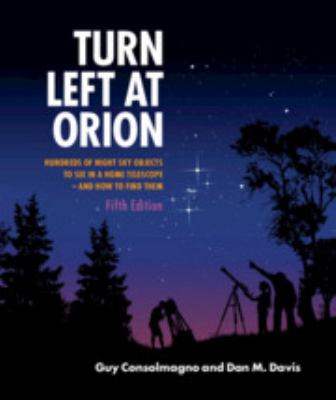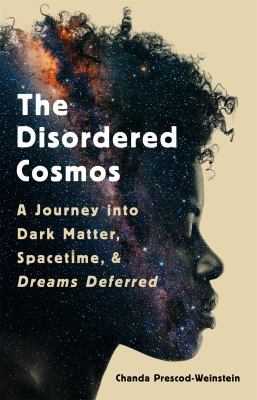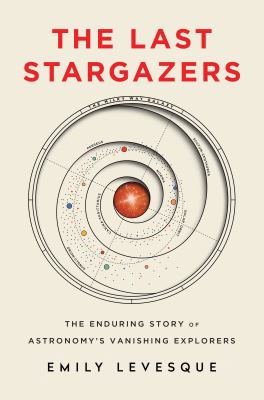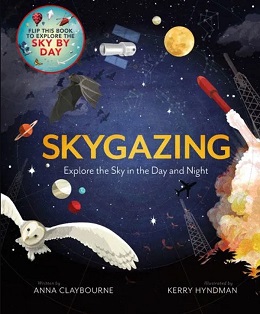Space Exploration You Can Do, Inspired by Amazing Images from the Webb Telescope
Posted on August 17, 2022 at 6:00 am
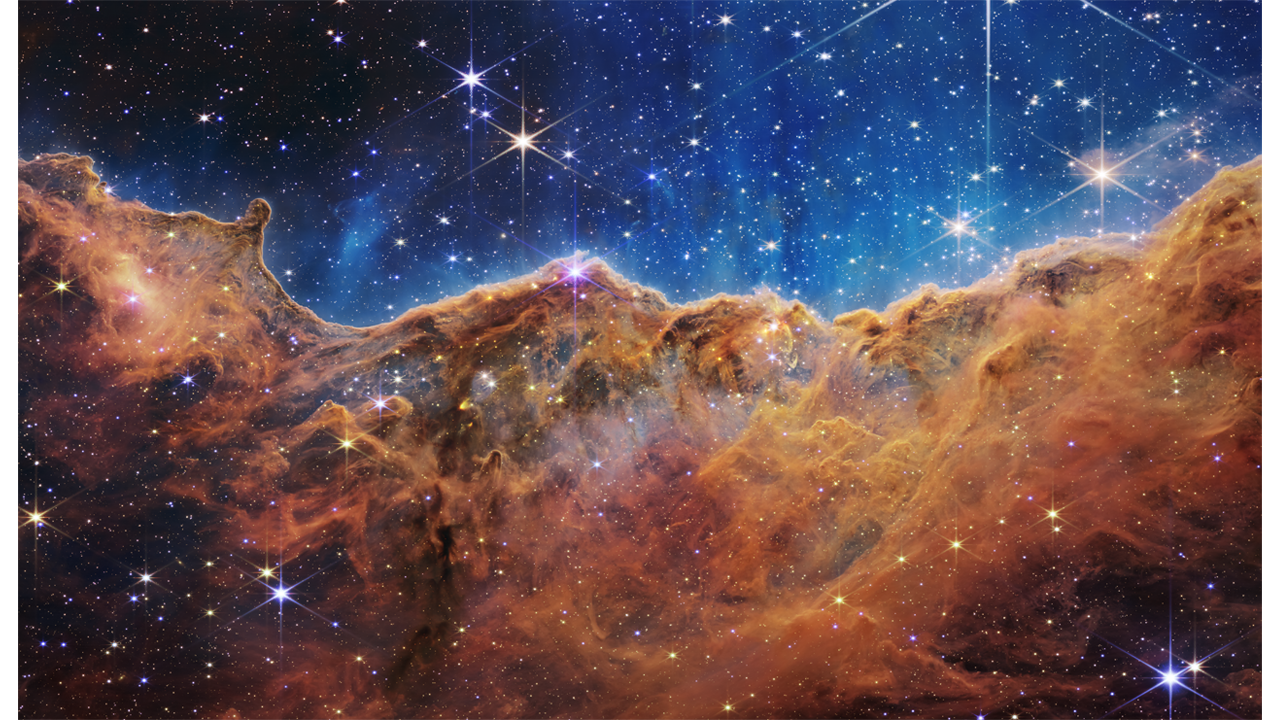
By Caitlin Wheeler
On July 12, 2022, NASA released its first images from the James Webb Space Telescope, and they are both breathtaking and groundbreaking in their ability to detect infrared light at a high resolution.
The telescope operates with two cameras: NIRCam (near infrared camera), which looks at the shortest infrared wavelengths, and MIRI (mid-infrared instrument), which looks at longer wavelengths. These cameras can capture different perspectives of the same areas.
In perhaps the most arresting image, titled The Cosmic Cliffs, NIRcam shows off the hot cosmic dust of the nearby forming stars. The two side-by-side images of the Southern Ring Nebula—one from NIRcam and one from MIRI—show off how NIRcam can highlight gas and dust, while MIRI can peer through those dust clouds and reveal otherwise invisible stars. You can browse through NASA’s articles on each Webb Telescope image on their website.
For a relatively digestible examination of the first photos from the Webb Telescope, as well as a more in-depth discussion of how the telescope works, check out this 7-minute video of a SciShow Space episode on YouTube.
And our Digital Library offers access to several articles on the James Webb Space Telescope using our resource Gale in Context: Science.
Observing Space at Home
If the images from the Webb Telescope have gotten you stoked about space and ready to learn more, now is the perfect time to start observing.
The annual Perseids meteor shower sends up to 100 shooting stars through the sky each hour every summer from around July 14 through about August 24. And August 27 is a new moon, which means the sky will be especially dark, making stars and planets appear brighter. You can use this sky-tracking website to determine what objects will be most visible in your area on the night you are hoping to venture out.
You can check out books to help you better navigate the night sky. Here are a few in our catalog:
- Backyard Guide to the Night Sky, by Andrew Fazekas
- Nightwatch: A Practical Guide to Viewing the Universe, by Terence Dickinson
- Turn Left at Orion: Hundreds of Night Sky Objects to See in a Home Telescope—and How to Find Them, by Guy Consolmagno
- 100 Things to See in the Night Sky: Your Illustrated Guide to the Planets, Satellites, Constellations, and More, by Dean Regas
And did you know the library has telescopes available for check out from our Library of Things? If you can’t get your hands on one of our Orion telescopes soon enough to satisfy your craving, you can borrow one of our Check Out Washington backpacks, which includes both a Discover Pass and a pair of binoculars—great for on-the-go stargazing.
If you enjoy tackling DIY projects, you can use our digital resource Hobbies & Crafts Reference Center to build your own telescope. Once you open Hobbies & Crafts in your browser, search using the term “telescopes,” and on the left side of the webpage under Source Types, check the box labeled Projects to see dozens of options.
Diving Deeper into the Science of Space
For more context on the history and physics of space science, you can read one of the following nonfiction titles.
If you’re interested in the physics and future of space, try Katie Mack’s The End of Everything (Astrophysically Speaking) for a theoretical exploration of what could happen at the end of the universe. Or, dive into physics and dark matter with Dr. Chanda Prescod-Weinstein in The Disordered Cosmos: A Journey into Dark Matter, Spacetime, and Dreams Deferred, in which Dr. Prescod-Weinstein shares insights through her unique lens as one of less than 100 Black American women to earn a doctoral degree in physics.
Curious about what the future of space travel might look like? Follow Michio Kaku into the potential of space civilization with The Future of Humanity: Terraforming Mars, Interstellar Travel, Immortality, and Our Destiny Beyond Earth. Or, learn about what life in space looks like right now with Mary Roach’s Packing for Mars: The Curious Science of Life in the Void.
Interested in the history of space exploration and the science that launched us? Follow the women mathematicians who made space flight possible in Hidden Figures: The Untold True Story of Four African-American Women Who Helped Launch Our Nation into Space, by Margot Lee Shetterly. Get a first-person account of life as an astronaut in Leland Melvin’s memoir Chasing Space: An Astronaut’s Story of Grit, Grace, and Second Chances. Discover the devoted people behind the field of astronomy in Emily Levesque’s Last Stargazers: The Enduring Story of Astronomy’s Vanishing Explorers. And in Elaine Scott’s Space, Stars, and the Beginning of Time: What the Hubble Telescope Saw, follow the author’s questions and those of the Hubble scientists, which eventually led NASA to build the James Webb Space Telescope.
See more beautiful photos of the cosmos in Stargazing: Photographs of the Night Sky from the Archives of NASA from the U.S. National Aeronautics and Space Administration.
Check out our eBooks and audiobooks all about the science of space, available on OverDrive and the Libby app:
And you can keep up to date with the latest space technology with Sky & Telescope magazine, produced by Harvard College Observatory.
Exploring Resources for Kids
The library has a huge selection of materials for kids interested in cosmology, astronomy, and space exploration as well.
In particular, Anna Claybourne’s Skygazing considers the many things you may see in the sky: the colors, planes and helicopters, flying creatures, the stars, and even the aurora borealis.
Check out our space-themed preschool book bag for 10 great books for preschoolers and their families to read together. Invite the whole family to explore the stars using our STEM Explorer: Astronomy kit, which includes binoculars, the Sky Atlas and Exploring the Night Sky booklets, a planisphere, and the Night Sky Matching Game.
Finding Inspiration to Create
And lastly, if the Webb Telescope has inspired you to create, I encourage you to stop by the Moran Prairie Library and pick up a piece of cardstock to use as a canvas to create your space-inspired art. Moran Prairie Library will be exhibiting space-themed art submissions on the art wall on a rolling basis through the end of September. After the exhibit, artists can pick up their submissions to take back home in October.
If you are unable to make it to Moran Prairie Library, you can still create art based on space and the images from the Webb Telescope, and then share it with us on Instagram by tagging @spokanecountylibrary or on Facebook by tagging @SpokaneCountyLibraryDistrict.

Tags: adults, books, crafts, digital library, DIY, kids, Library of Things, NASA, parents, reading, science, space, STEM, teachers, technology, teens, telescope, tweens, Webb Telescope

